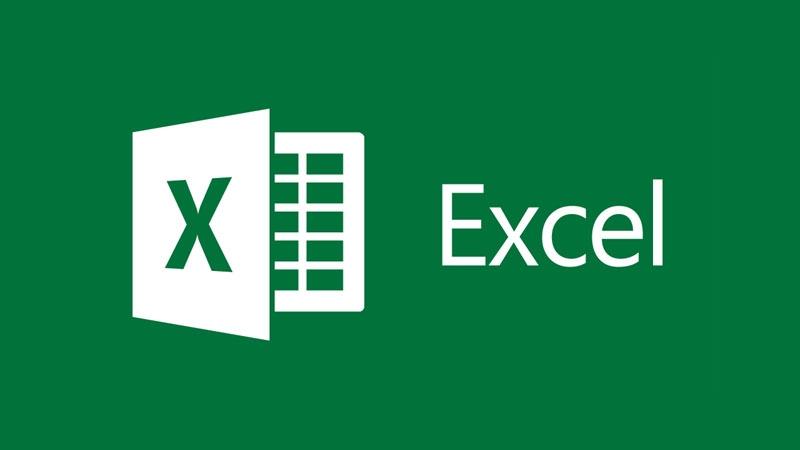IFRS 9
Course Description
IFRS 9
Financial Instruments is effective from 1 January 2018 and replaces IAS
39 Financial Instruments: Recognition and
Measurement. It introduces a logical, more principles-based
approach to classification and measurement of financial assets based on the
entity’s business model and an instrument’s cash flow characteristics. The new
forward-looking impairment model requires earlier recognition, and ongoing
assessment of credit losses. IFRS 9’s hedge accounting requirements are more
principles-based and more closely aligned with the entity’s risk management
practices.
This course
provides an in-depth analysis of IFRS 9 Financial Instruments. It provides
numerous examples and illustrations to explain the business model and cash flow
characteristics test for classification of financial assets, amortized cost and
fair value measurement of financial assets and financial liabilities,
de-recognition of financial assets (retained servicing, continuing involvement
etc.), measurement of expected credit losses and the accounting and impact of
different types of hedges on financial statements. In addition, it covers the
disclosures in IFRS 7 and the principles of fair value measurement in IFRS 13.
The course is
designed to help preparers and users of financial statements to evaluate the
impact of IFRS 9 on the business and its financial statements.
This course provides an in-depth analysis of IFRS 9 Financial Instruments. It provides numerous examples and illustrations to explain the business model and cash flow characteristics test for classification of financial assets, amortized cost and fair value measurement of financial assets and financial liabilities, de-recognition of financial assets (retained servicing, continuing involvement etc.), measurement of expected credit losses and the accounting and impact of different types of hedges on financial statements. In addition, it covers the disclosures in IFRS 7 and the principles of fair value measurement in IFRS 13.
The course is designed to help preparers and users of financial statements to evaluate the impact of IFRS 9 on the business and its financial statements.
Course objectives
After successful completion of this course, candidates should be able to:
- Classify and measure financial assets under the three
categories in IFRS 9;
- Analyze the impact of IFRS 9 on the classification of
financial assets, including embedded derivatives;
- Classify and measure financial liabilities under the two
categories in IFRS 9;
- Evaluate the principles of fair value measurement in IFRS
13;
- Apply the principles in relation to de-recognition of
financial assets;
- Calculate the impairment loss on loans and other
financial assets under the expected credit loss model in IFRS 9;
- Analyze the estimates and judgements in the expected
credit loss impairment model;
- Apply the hedge accounting model in IFRS 9 and learn how
it is aligned more closely to common risk management practices compared to IAS
39.
Who should attend?
- Financial
and management accountants in corporate and financial institutions;
- Staff
in treasury, operations, risk management, IT or compliance departments;
- Internal
auditors of entities reporting under IFRSs;
- External
auditors with clients facing the complexities and challenges in adopting and
implementing IFRS 9;
- Staff
and management of Central Banks, Deposit Insurance Entities, and other agencies
with regulatory responsibility in the financial services sector;
- Financial
analysts seeking to improve their understanding of the accounting and
disclosures related to financial instruments and the changes introduced by IFRS
9;
- Professors and other instructors with educational facilities;
- First-time adopters of IFRSs, seeking to analyze the implications of applying IFRS 9 initially.










































